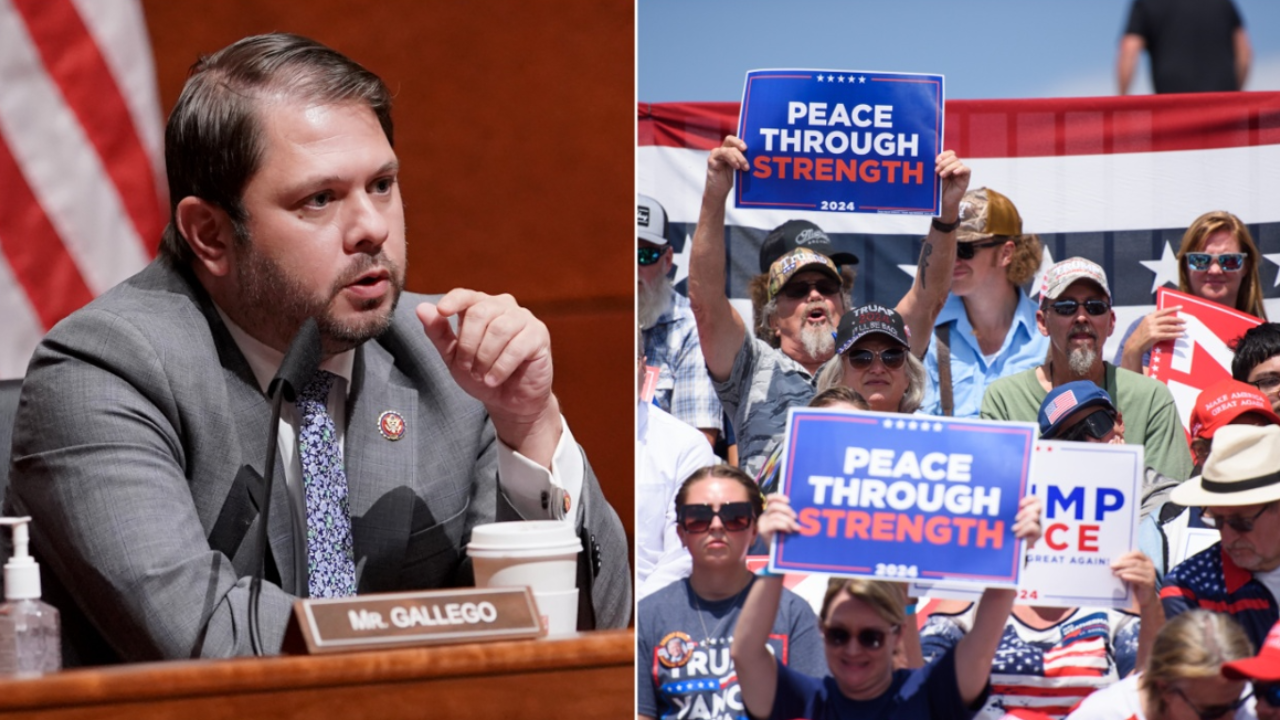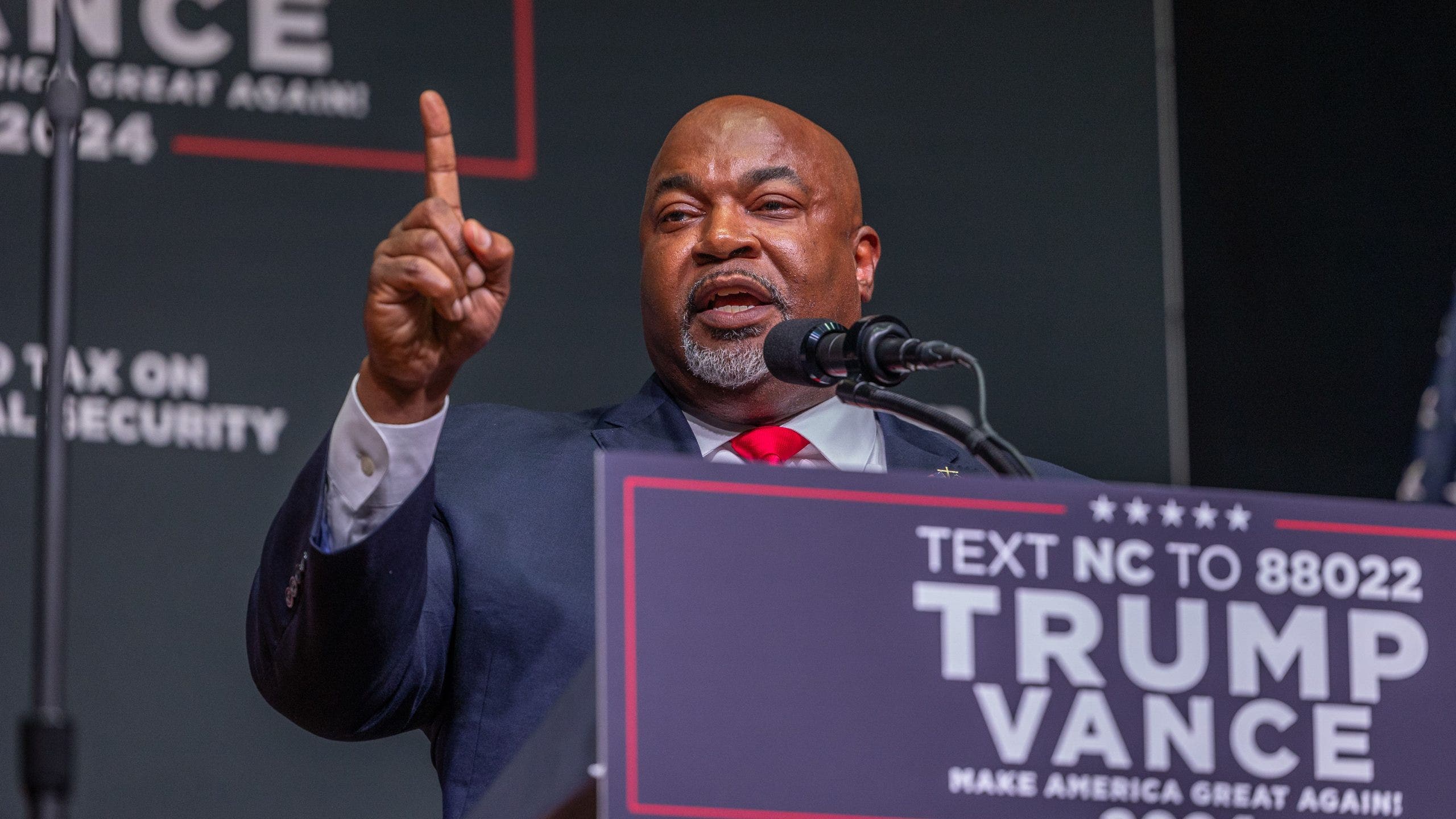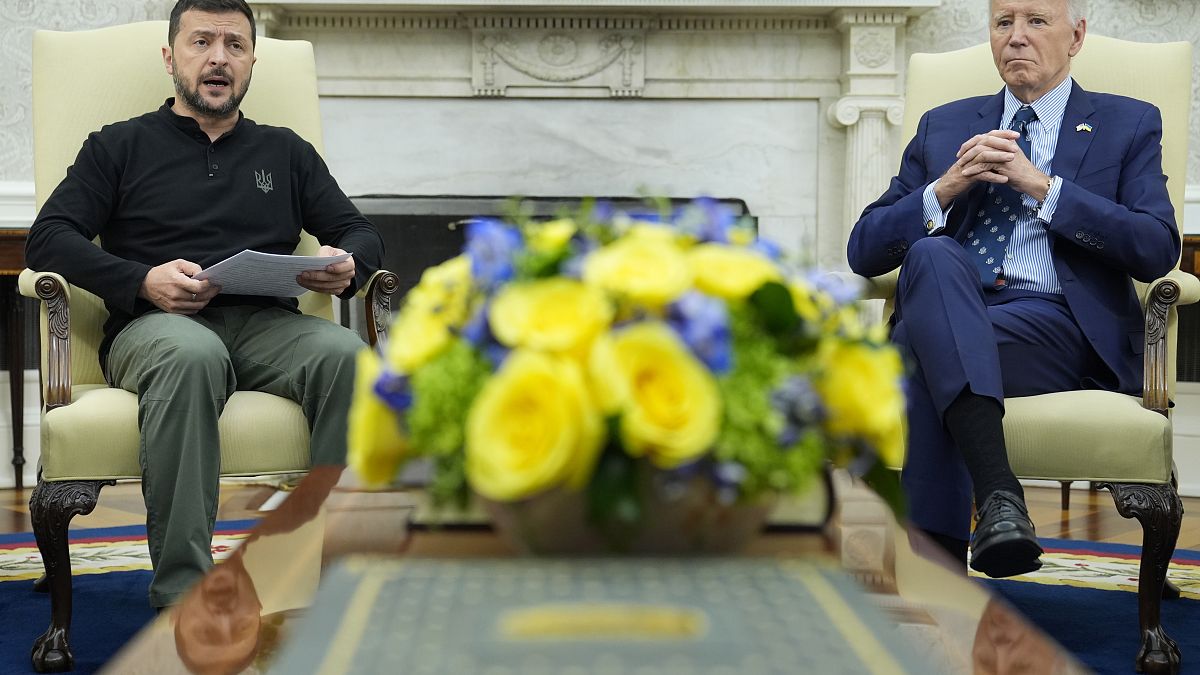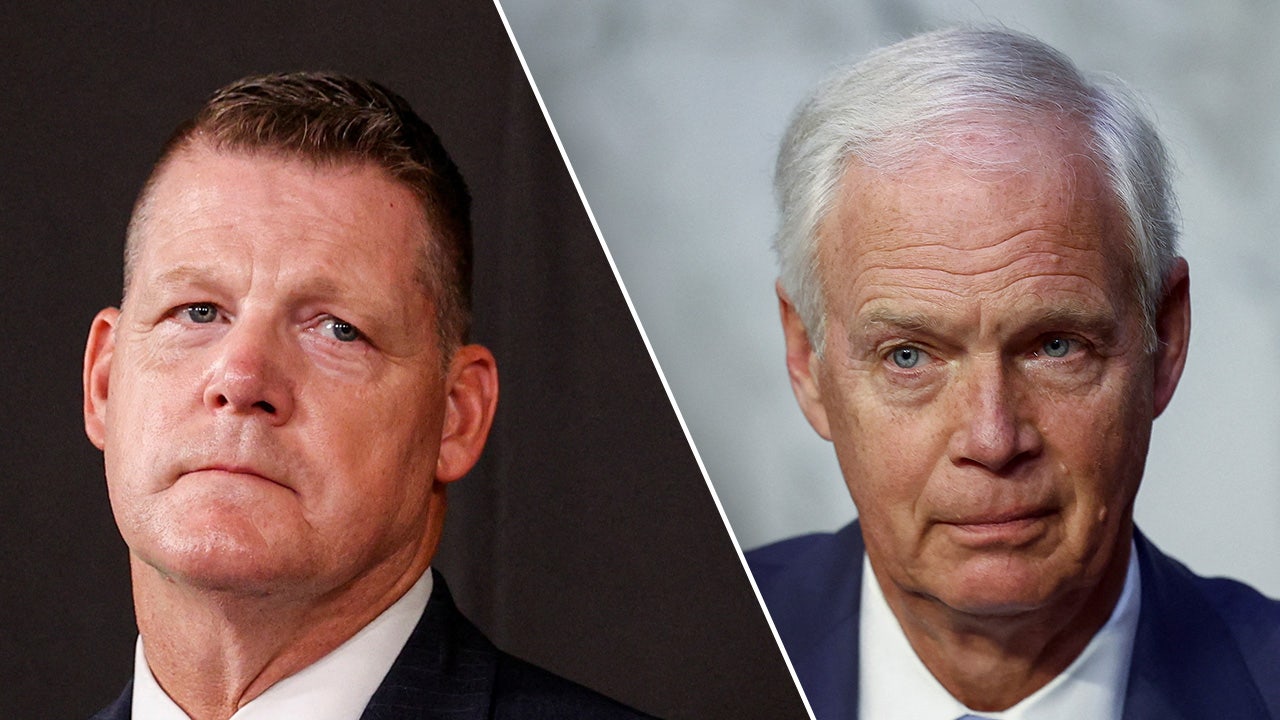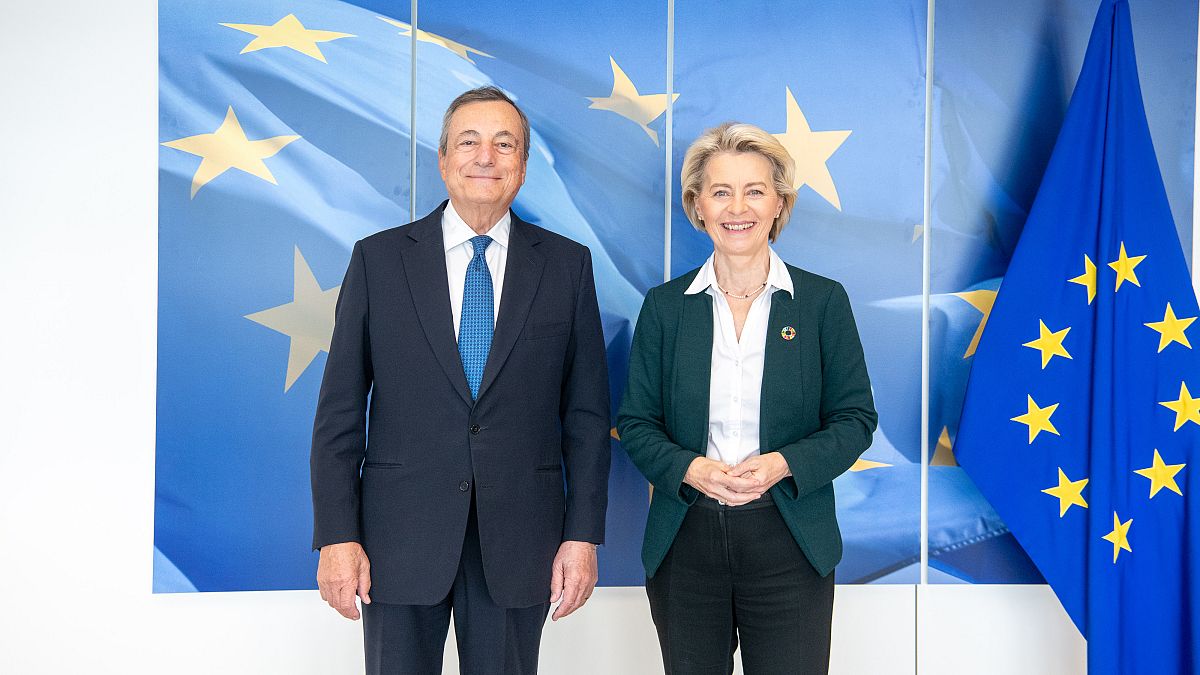Philippe Martin, Professor of Economics at Sciences Po, where he founded and directed the Department of Economics, passed away in December 2023. This is a terrible loss for his many co-authors and friends (two of whom are writing this column) and for Sciences Po, where he was also Dean of the School of Public Affairs and an important member of the university’s main governing body (the Conseil d’Administration).
The loss is at least as important for the European research community in economics. Among many other roles, Philippe was a very active member of ‘le cercle des économistes’. (Indeed, he had been one of the early recipients of the prize for the best French young economist awarded by the cercle in 2002, together with Thomas Piketty). He was also president of France’s Conseil d’Analyse Economique (Council of Economic aAvisers) and Vice-President for Europe at CEPR.
Such an accumulation of high-profile responsibilities for a researcher has a very simple cause: Philippe had an amazing range of talents, spanning from producing influential papers in top academic journals to providing practical advice to policy leaders in how to deal with times of crisis. Being able to master those two extremes in the application of economic thinking – one being long-run driven and using the rigour of theoretical modelling; the other being able to get the most important ideas in a simple enough format to influence daily decision-making – is a very rare combination.
Philippe Martin did his undergraduate studies at Sciences Po (at a time when the institution offered much less quantitative economics than today, to say the least), before specialising in Economics at Dauphine University and then engaging in a PhD in Economics at Georgetown under the supervision of Carol Ann Rogers. He defended his PhD in 1992 and this early work already contained the diversity of themes in which Philippe would be interested for the rest of his career.
A key unifying theme was how globalisation in both trade and finance can generate dramatic changes that go beyond the traditional analysis of efficiency gains following specialisation. What got Philippe’s curiosity excited in those early years was the potential for extreme concentration of economic activity made possible by different types of self-reinforcing mechanisms: spatial agglomeration in trade and self-fulfilling expectations in international investment flows (and sometimes both combined).
In terms of toolkit, this early work by Philippe was following up on the main theoretical insights of Paul Krugman’s ‘new economic geography’ – how mobility of goods, workers and capital shape manufacturing and population spatial agglomeration. The combination of increasing returns with mobile factors of production and demand can generate ‘catastrophic’ agglomeration, and multiple equilibria where it is unclear ex ante which region/country gets to be the core and which gets to be the periphery.
This was a very exciting novel theoretical framework (and sometimes directly applicable, as in the paper Philippe later wrote with James Harrigan about the consequences of 9/11 for the resilience of New York’s attractiveness), but generally a little too extreme to be directly used for policy analysis.
In his early work with Carol Ann Rogers. Philippe modified the original model to allow for firms (tied to capital units) to choose locations optimally, while returns to capital are being redistributed to their owners, themselves immobile. This model, later referred to as the ‘footloose capital’ model, makes the analysis of agglomeration patterns much more tractable than the original approach. It makes it possible to work with simple and elegant analytic results, and therefore to extend the analysis to new topics while maintaining a certain degree of tractability.
Philippe applied his model to two main new questions. First, with Gianmarco Ottaviano and Richard Baldwin in particular, he asked what the impact is of the agglomeration of activities on the overall growth of a country or region. Is there more growth to be expected in a country more centralised around its capital like France, or in Germany where activities are more dispersed?
Combining the endogenous location of firms with R&D activity where innovation is subject to spillovers, one can study the conditions for a virtuous circle between clustering and growth. The main insight is that with localised spillovers, trade integration can trigger agglomeration, itself boosting knowledge creation. With small enough trade costs and large enough technological externalities, there can even be a mutual welfare gain despite the concentration of economic activity, since the periphery benefits from increased productivity gains embodied in goods.
The second major application asked whether public policies can reduce the spatial disparities in income that naturally emerge between the centre and the periphery – and should they? In other words, when aiming to reduce inequalities, should the spatial dimension be taken into account? Should equity between people or their territories be made the priority?
The main application of interest is transport infrastructure, such as a new highway from the centre to the periphery. Is this type of investment, which is quite common in regional policies at the EU level for example, an efficient way to rebalance economic activity across space?
A fascinating result of Philippe’s research is how those models can generate unexpected outcomes for well-intended policies. Building more infrastructure to ‘dis-enclave’ poor regions might actually empty them of their (rare) increasing returns to scale activities. The reason is that rich regions are the ones where demand and spillovers are higher. A new high-speed train or a new motorway might therefore give firms incentives to concentrate even more in the central places, since the periphery is now easier to serve. Building local infrastructure in poor and remote regions (with as little connection to the centre) might seem crazy at first sight, but if the objective is to reduce spatial disparities in activity, it could actually be a better idea.
This stream of research was elaborated with many co-authors during Philippe’s initial years at the Graduate Institute in Geneva and then at CEPII and CERAS in Paris. Most notably, a fantastic team with Richard Baldwin, Rikard Forslid, Gianmarco Ottaviano and Frédéric Robert-Nicoud synthesised this large set of advances in the 2003 book Economic Geography and Public Policy, published by Princeton University Press.
In retrospect, one of the striking features of this very influential book is that it is entirely theoretical. Theory was Philippe’s initial forte, but he soon realised that in this field, as in others, serious empirical validation had to be brought in.
When analysing public policy in spatial environments, one of the first empirical questions that comes to mind is how large the positive spillovers are that this literature is assuming. It was a time when France had decided to start a cluster policy called ‘Pôles de compétitivité’. In essence, this was planning to pour large amounts of public money into spatially clustered centres of innovation and production (the aerospace industry around Toulouse, microchips around Grenoble, and so on) without asking first, whether the assumed agglomeration externalities existed, and second, whether firms had a way to internalise them or whether public intervention was needed to reach the optimal clustering level.
It also corresponded to a period when Philippe moved to the University of Paris 1, where he met many more empirically oriented colleagues. Philippe put together a team with Florian Mayneris (a PhD student at the time) and Thierry Mayer on the one hand, and Gilles Duranton on the other hand, to evaluate the conceptual and empirical underpinnings of such policies. The results showed that local positive spillovers are indeed at work, but that the actual size of clusters is not very far from what the model predicts to be the ideal size (casting doubts on the need for large scale public intervention).
A remarkable fact is that in this research programme, Philippe had initially favourable priors about the rationale for clustering policy. For a theorist to allow their initial priors to be changed by their own empirical findings (after a lot of cross-validations for sure) is quite rare, and it testifies to his profound intellectual curiosity and rigour, never blinded by ex ante motivation. In the rest of his academic work, we always see Philippe asking for facts, ready to invest in serious empirics to validate… or invalidate his theoretical intuitions.
A particularly good example of this approach is the research programme started with Mathias Thoenig to understand the impact of trade integration on military conflicts between and within states. The initial expectation of the team was that trade openness would tend to reduce conflicts. But the first empirical investigations did not seem to want to cooperate overwhelmingly with that intuition.
On further scrutiny, the theory indeed showed ambiguity: the key factor on whether trade is indeed good for peace is again driven by geography. The main factor is how existing trade patterns shape the interdependence between the conflict-prone countries. Bilateral trade between a pair of conflict-prone nations raises this interdependence, making conflicts more costly, but trade with the rest of the world acts as insurance in the case of a military conflict. Whether one force dominates the other is an empirical question… with a pessimistic answer over the period of the great globalisation (1970-2000), for which trade integration has tended to have a net positive effect on the likelihood of conflict.
Inspired by his earlier theoretical work, Philippe also broadened the scope of his research, by moving towards international macroeconomics, where he applied frameworks borrowed from trade and economic geography to understand the geography of capital flows and the real effects of financial globalisation. His influential work with Hélène Rey started with a simple and powerful observation: financial assets are imperfect substitutes and subject to international trade costs (transaction and information costs) in the same way that goods are. Based on this idea, they modelled international demand for imperfect substitutable assets and were the first to derive a theoretical foundation for gravity in international finance, still a widely used empirical tool today.
Philippe applied this framework to explain the role of market size effects in global capital flows and asset prices, to revisit the costs and benefits of financial and trade globalisation, and of joining monetary unions. More specifically, he showed that trading financial assets internationally can foster financial instability in emerging countries that are not very open to trade in goods. Some countries have liberalised their markets for goods but not their capital markets; others choose to protect their industry with tariffs and other customs barriers but allow a free flow of assets. Philippe’s research addressed how policies on globalisation should be articulated to preserve financial stability and avoid financial crises.
In the same vein, with co-authors Nicolas Coeurdacier and Robert Kollmann, he modelled international risk-sharing when risky stocks are imperfect substitutes to revisit the origins of equity home bias, the valuation effects of external foreign asset positions and the dynamics of current account imbalances. With Giancarlo Corsetti and Paolo Pesenti, he brought novel insights on the importance of entry in the export sector to facilitate the trade adjustment of current accounts and mitigate the necessary depreciation of the dollar to close global imbalances.
Again, Philippe was motivated by the important policy implications of his research, at a time when global current account imbalances were a major concern for global financial stability. With similar concerns about imbalances in Europe on the eve of the euro area debt crisis, he contributed with Thomas Philippon to our deep understanding of the roots of the crisis, while providing the modelling tools for counterfactual policies aimed at mitigating the real consequences of such crisis in the future.
For a researcher who started as a macroeconomic theorist at the beginning of the 1990s, it is telling that in recent years, Philippe turned a lot of his interest to working on micro-level data to analyse firm competitiveness and markup adjustments to all sorts of cost shocks. This started with Nicolas Berman (another of Philippe’s PhD student from Paris 1 times) and continued recently with Lionel Fontagné and Gianluca Orefice, with whom Philippe went into a serious empirical investigation of what is sometimes called the international elasticity puzzle – the fact that the response of export flows to exchange rates tend to be much smaller than the response to tariff changes.
The authors came up with a very nice use of granular data with which they could use exogenous variation in firm-level energy costs to instrument for their export prices. This was the first such study where a sample of firms is used to estimate micro-level responses to three different sources of price variation. The authors did not solve the puzzle, but our knowledge of how firms respond to different cost shocks (a very policy-relevant question) was definitely improved.
In 2008, Philippe started a new adventure in Sciences Po. And adventurous it was, since the project was to start a Department of Economics from scratch in a university where most colleagues were not totally familiar with (or initially convinced by) the way that economists work. Creating an internationally competitive department, recruiting so many of its members, being its head for six years while convincing other disciplines that all this was a good idea was a real tour de force.
Such conviction power was not to be left unnoticed, which explains why the next steps of Philippe’s career involved embarking on economic policy advice to high-level decision-makers. In a related vein, Philippe Martin wrote a very large number of research-driven policy pieces. Most notably at the Conseil d’Analyse Economique, he wrote about an incredibly wide range of topics: from the reform of the international monetary system to taxation of multinational firms, youth unemployment reduction programmes, inheritance taxation, liberalisation of soft drugs, and the consequences of stopping energy imports from Russia.
The scope of Philippe’s research interests had only one limit: it should also be useful to society outside pure academic circles.
References
We organise below a list of selected publications by Philippe in its four main themes of interest:
Economic geography
Martin, P and C A Rogers (1995), “Industrial Location and Public Infrastructure”, Journal of International Economics 39(3-4): 335-51.
Martin, P (1999), “Public Policies, Regional Inequalities and Growth”, Journal of Public Economics 73(1): 85-105.
Martin, P and G Ottaviano (2001), “Growth and Agglomeration”, International Economic Review 42(4): 947-68.
Baldwin, R, R Forslid, P Martin, G Ottaviano and F Robert-Nicoud (2003), Economic Geography and Public Policy, Princeton University Press.
Duranton, G, P Martin, T Mayer and F Mayneris (2010), The Economics of Clusters: Lessons from the French Experience, Oxford University Press.
Conflicts and globalisation
Martin, P, T Mayer and M Thoenig (2008), “Make Trade Not War?”, Review of Economic Studies 75(3): 865-900.
Martin, P, T Mayer and M Thoenig (2008), “Civil Wars and International Trade”, Journal of the European Economic Association Papers and Proceedings 6(3): 541-550.
Martin, P, T Mayer and M Thoenig (2012), “The Geography of Conflicts and Free Trade Agreements”, American Economic Journal: Macroeconomics 4(4): 1-35.
International finance
Martin, P and H Rey (2004), “Financial Super-Markets: Size Matters for Asset Trade”, Journal of International Economics 64(2): 335-61.
Rey, H, and P Martin (2006), “Globalization and Emerging Markets: With or without Crash?”, American Economic Review 96(5): 1631-51.
Coeurdacier, N, R Kollmann and P Martin (2009), “International Portfolios with Supply, Demand and Redistributive shocks”, in NBER International Seminar on Macroeconomics 2007, University of Chicago Press.
Coeurdacier, N and P Martin (2009), “The Geography of Asset Trade and the Euro: Insiders and Outsiders”, Journal of the Japanese and International Economies 23(2): 90-113.
Coeurdacier, N, R Kollmann and P Martin (2010), “International Portfolios, Capital Accumulation and Foreign Assets Dynamics”, Journal of International Economics 80(1): 100-112.
Corsetti, G, P Martin and P Pesenti (2013), “Varieties and the Transfer Problem”, Journal of International Economics 89(1): 1-12.
Martin, P, and T Philippon (2017), “Inspecting the Mechanism: Leverage and the Great Recession in the Eurozone”, American Economic Review 107(7): 1904-37.
Firm-level determinants of trade patterns
Berman, N, P Martin and T Mayer (2012), “How do Different Exporters React to Exchange Rate Changes? Theory, Empirics and Aggregate Implications”, Quarterly Journal of Economics 127(1): 437-92.
Fontagné, L, P Martin and G Orefice (2018), “The International Elasticity Puzzle is Worse than You Think”, Journal of International Economics 115(C): 115-29.
Fontagné, L, P Martin and G Orefice (2023), “The Many Channels of Firm’s Adjustment to Energy Shocks: Evidence from France”, CEPR Discussion Paper 18262.













